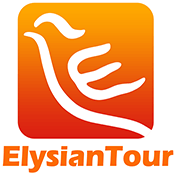Travel around Beijing by Local Transport
Beijing is blessed with massive and extensive local transport network made up of subways, taxis and buses that allow tourists to access nearly all the sightseeing spots. Besides, vintage rickshaws and bikes create fun ways to explore the old and core residential areas of Beijing. Here below list the most popular means of public transportation for travelers to manage a trip in their free time on a tour.
There are 22 subway lines (including one airport express line) with a total mileage of 636 kilometers spanning across Beijing. Subway is probably the quickest travel method to get around the city. Beijing subway system is quite cheap and easy to use. A metro trip may cost RMB3-8, depending on the distance of your ride. All signage in the subway station is both in Chinese and English, and the train will also make bilingual broadcastings.
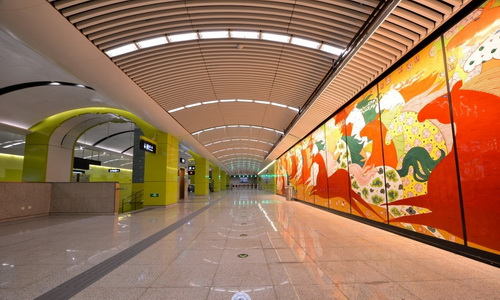
Nowadays, more people are inclined to pay for the subway via apps on their smart phones, so foreign visitors no longer need to queue long for the tickets at the machines. However, during rush hours from 7.30am to 8.30am and 6pm to 7pm, the subway would be over packed but it's still the most time-saving way as taxis is elusive and the roads are fully jammed. By the way, we suggest you download a free travel app called Metroman on your phone. It could help you to figure out the best transfer method with time and price as well as stations in both English and Chinese.
It is estimated that there are over 1,000 city buses in service in Beijing, which means bus could lead you to any places of the city. Buses are dirty cheap, most of which charges only RMB 2 per ride, and a local travel card could even get a half discount. An increasing number of bilingual-broadcasting buses make it easier for foreign visitors to move around. However, public buses are usually over crammed with passengers especially at rush hours.
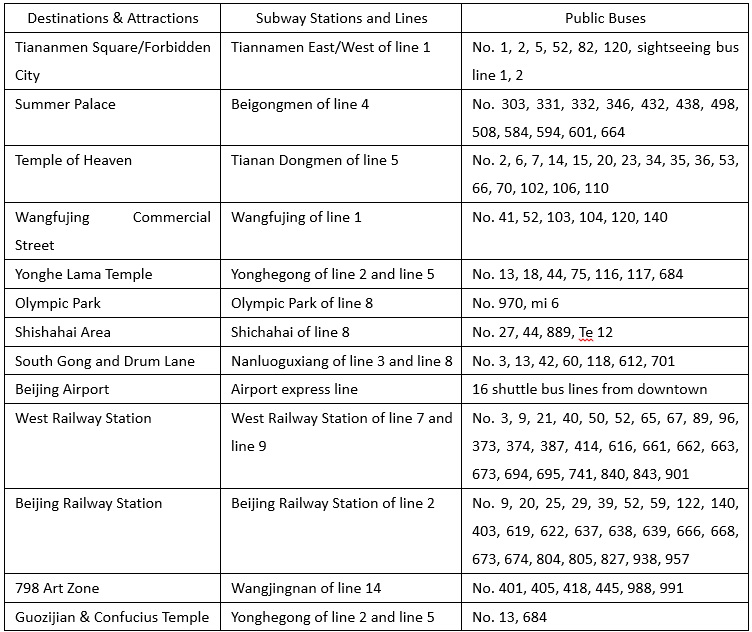
Generally, there are plenty of taxis in Beijing and you can easily find one. The flag fall of Beijing taxis is RMB13 for the first 3 kilometers, and further mileage charges about RMB2.3 per kilometer. There will be extra night rate of 20% after 11pm. Relatively, taxi in Beijing is an affordable and cheap travel method by western standards.
However, taxis could be hardly found at rush hours (7am-8am, 18pm - 19pm). Even if you could access one, there might be terrible traffic jam. In rainy days it is also a pain to catch a taxi. In areas like Sanlitun and Houhai where a lot of bars and restaurants are clustered, you had little chance to hail down a taxi around 8pm to 10pm, either.
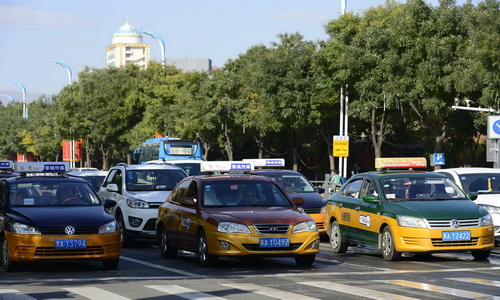
Tips for Taxis:
- To hail a taxi is as easy as a breeze in Beijing. You can simply wave to stop a taxi at the street side when it is available with a red sign.
- Taxis drivers are usually unable to speak English, so it is wise of you to write down the name and address of your destinations in Chinese characters. Besides, do keep a hotel card with you.
- Most taxi drivers would charge by using meter device, while sometimes they would offer a fixed rate for long and out-of-town trips to places like airport and Great Wall. Remember to negotiate on an agreed price before getting in the car.
- You shall always have some changes to pay for the taxi as more and more Chinese tend to pay the bill cashless with WeChat or Alipay.
- One ordinary taxi could accommodate only one big suitcase and several small parcels. Tipping is not needed for taxi drivers.
Cycling is one of the most enjoyable ways of traveling around downtown Beijing. Almost every road and street has a bike lane that allows cyclers to get rid of the heavy traffic. The tranquil and tree-lined hutong areas like Shichahai, Houhai and Dashiliar are especially suitable for explorations by bike. Now Beijing is blessed with a comeback tidal wave of bike-use through the popular bike-sharing scheme of Mobike and Ofo. However, they are more likely to serve people who have a Chinese SIM card and bank account.
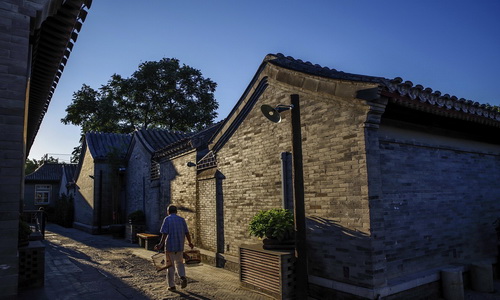
For short-term foreign travelers, a better alternative is to rent bicycles from hostels and kiosks. You could find a lot of bike rental stands around Houhai Lake. They typically charge ¥30 to ¥50 per day with a refundable deposit fee for a standard town bike, much more expensive than the sharing bikes but worth the convenience. For a safe ride in Beijing, you shall be aware of the difference between cycling in China and western countries. You might encounter pedestrians walking in front of you without looking, and vehicles that will not give way to cyclists.
Rickshaw plus walking is arguably the best way to discover the old hutongs of Beijing. As an age-old taxi, rickshaw is more expensive (RMB100 per person, one hour) than taking a modern taxi but creates good chances for tourists to dive deep into the alleyways where taxis cannot reach. Meanwhile, a rickshaw ride enables you to travel Beijing at a leisurely pace and absorb the authentic flavor of the old residences.
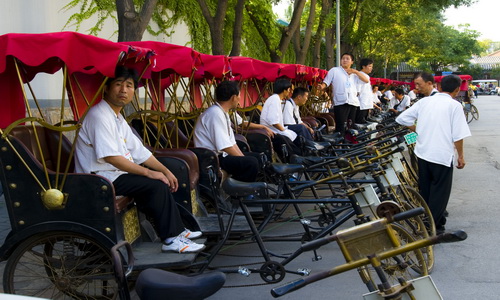
Around Houhai and Drum Tower areas, rickshaws are everywhere. You could choose the routes on your own or let the peddlers navigate you by some popular and classic routes, which probably cover Prince Gong's Mansion, Bell Tower, Drum Tower, and former residence of celebrities like Song Qingling and Guo Moruo. Keep in mind that the fare has to be negotiated beforehand in case of being ripped off by overcharge, and turn to legal rickshaw drivers who wear a chest plate with his name and complaints number.
There are extensive scenic buses for you to tour the core spots like Forbidden City and Summer Palace in the downtown as well as Great Wall in outskirts.
- Sightseeing Buses within Beijing City:
- Out-of-Town Buses to Great Wall:
There are three main sightseeing bus lines for you to embark on a day tour within the city. The bus line 1 (RMB15) and line 2 (RMB10) do clockwise circuits of the Forbidden City and Tiananmen Square, stringing up other hot spots like Qianmen Street, Dashilar, Zhongshan Park and Zhushikou Hutong. The sightseeing bus line 3 (RMB20) links through places like Forbidden City, Jingshan Park, Beihai Park, Summer Palace, Bird's Nest and the Old Summer Palace. You can get on and off at any stop you wanted.
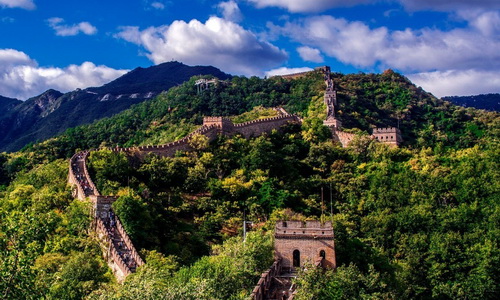
Badaling: From Deshengmen bus terminal, there are buses No. 877 and 919 bound for Badaling Great Wall directly. However, the bus 877 (RMB12) is recommended as it is a non-stop bus running directly to the parking lot of Bdaling (walking distance from the cable car station). Please note that the last departure from Deshengmen is at 12:30.
Mutianyu: From Dongzhimen bus terminal, you can take the regular bus No. 916 Express to Huairou District first, and then connect a local bus h23, h24, h35, or h36 or a taxi to Mutianyu Great Wall.

